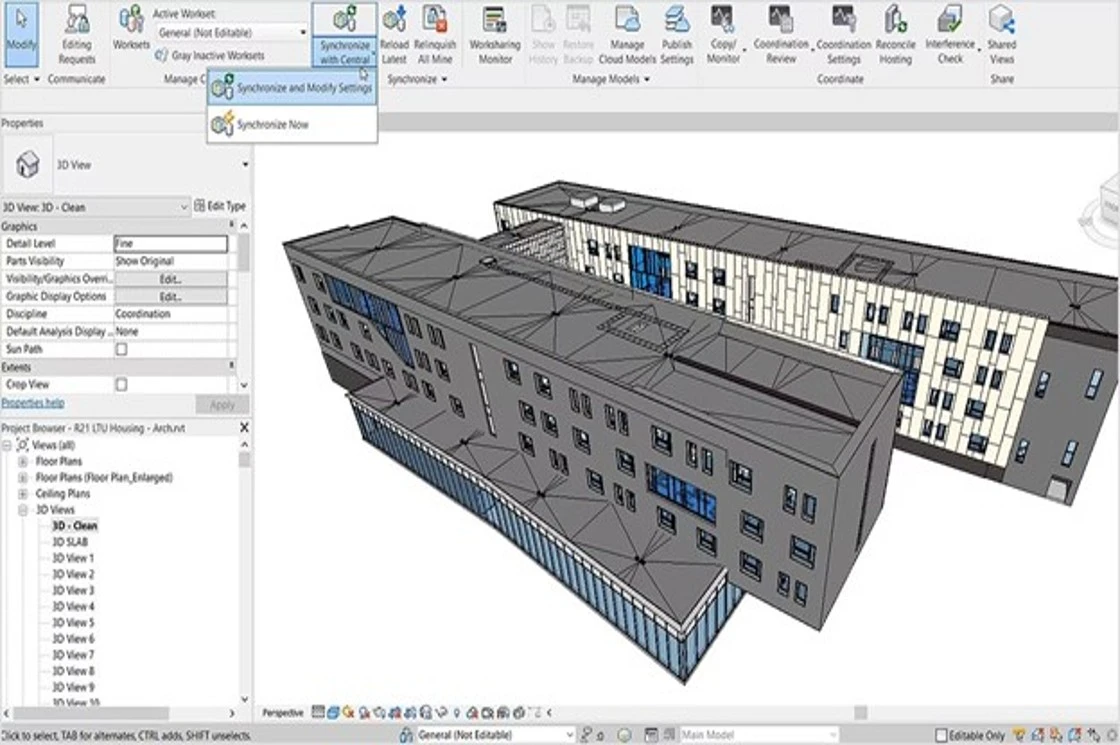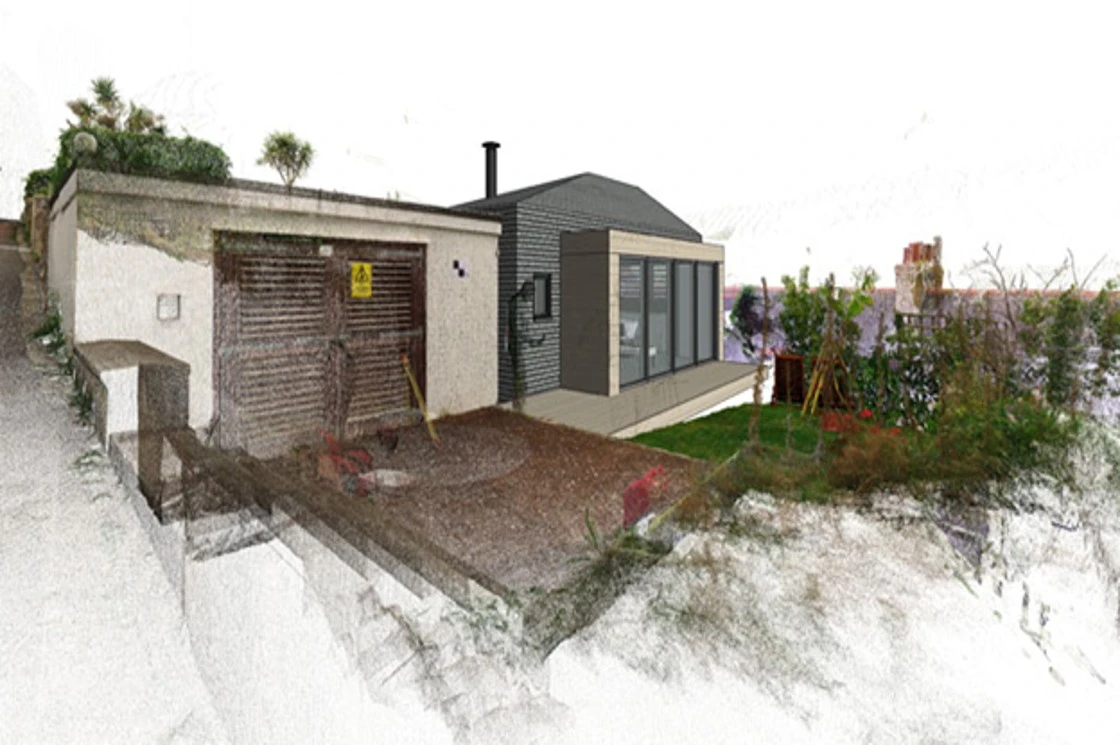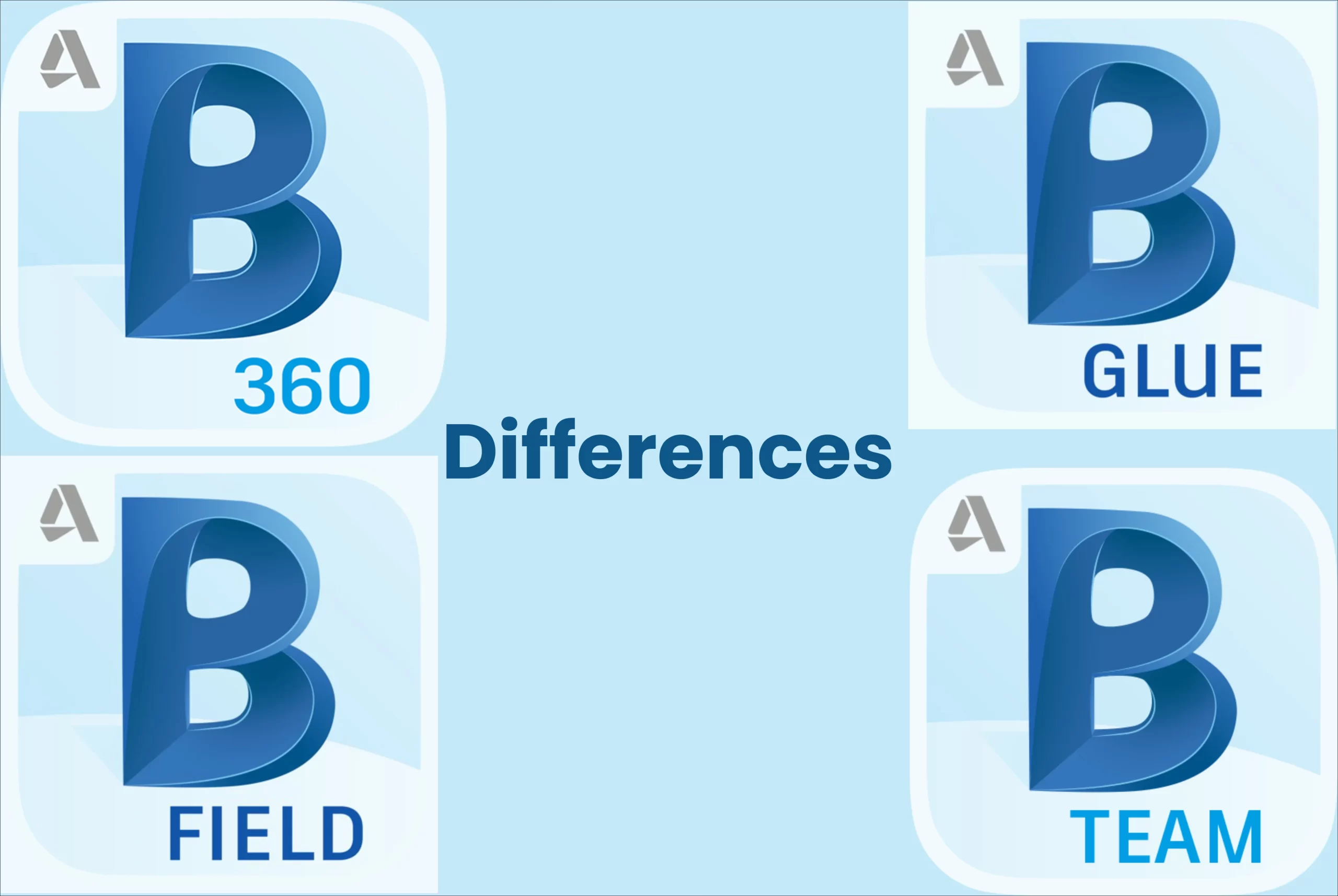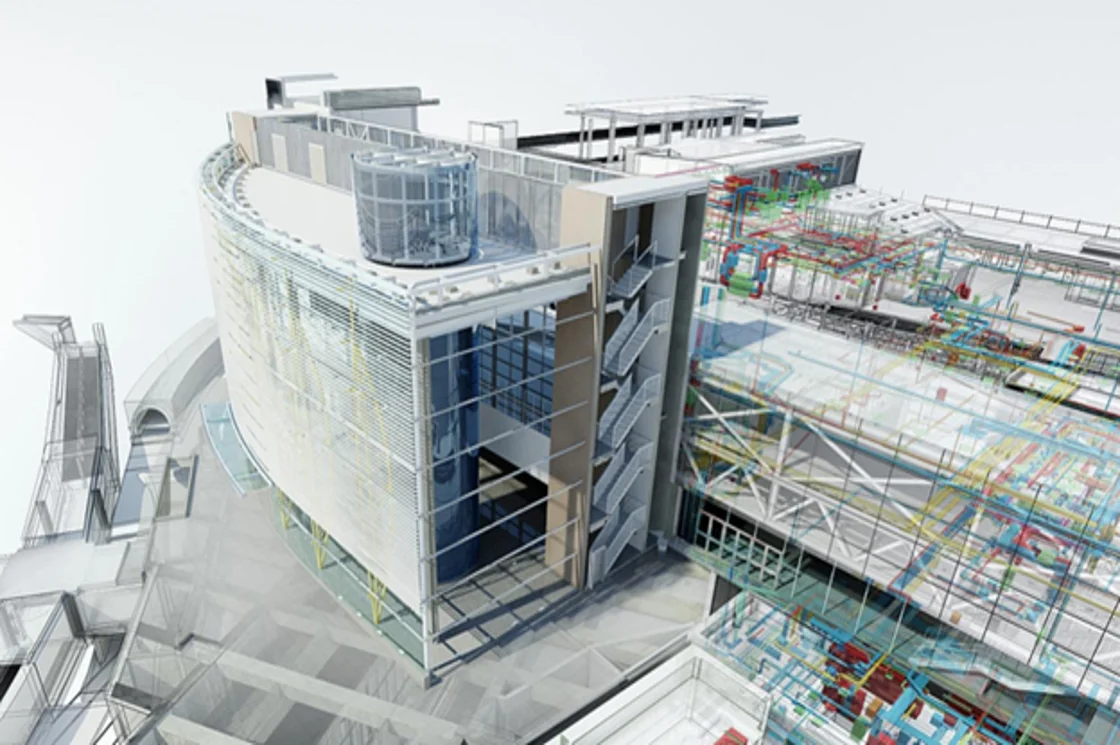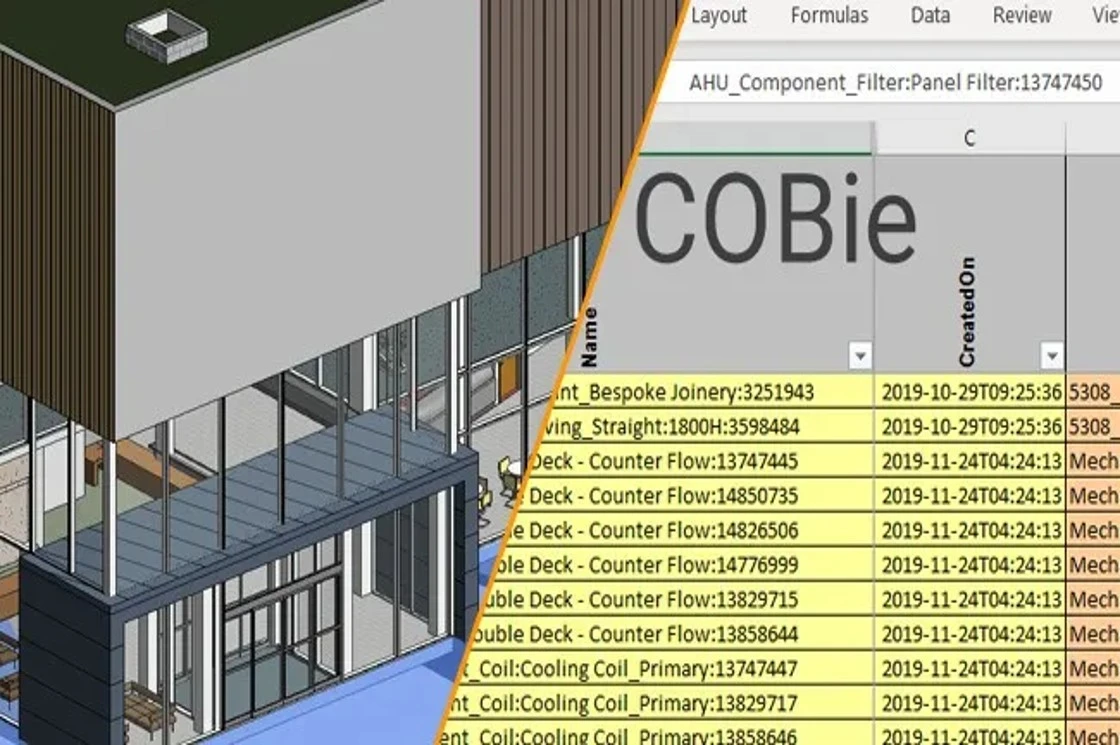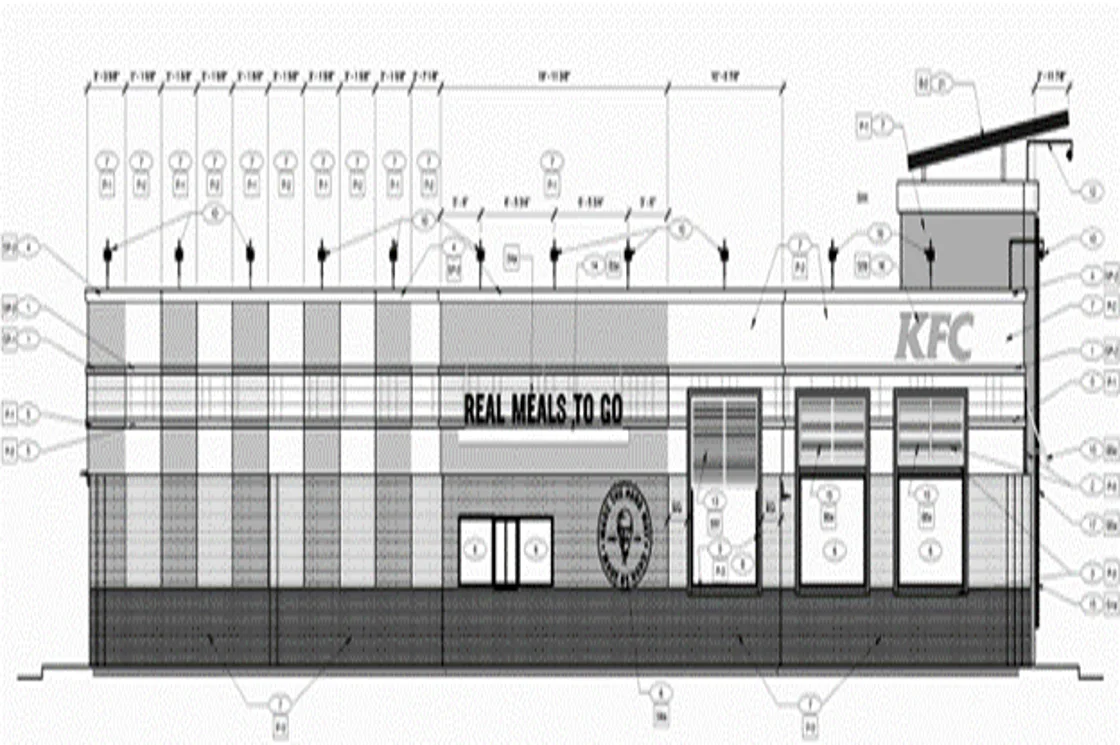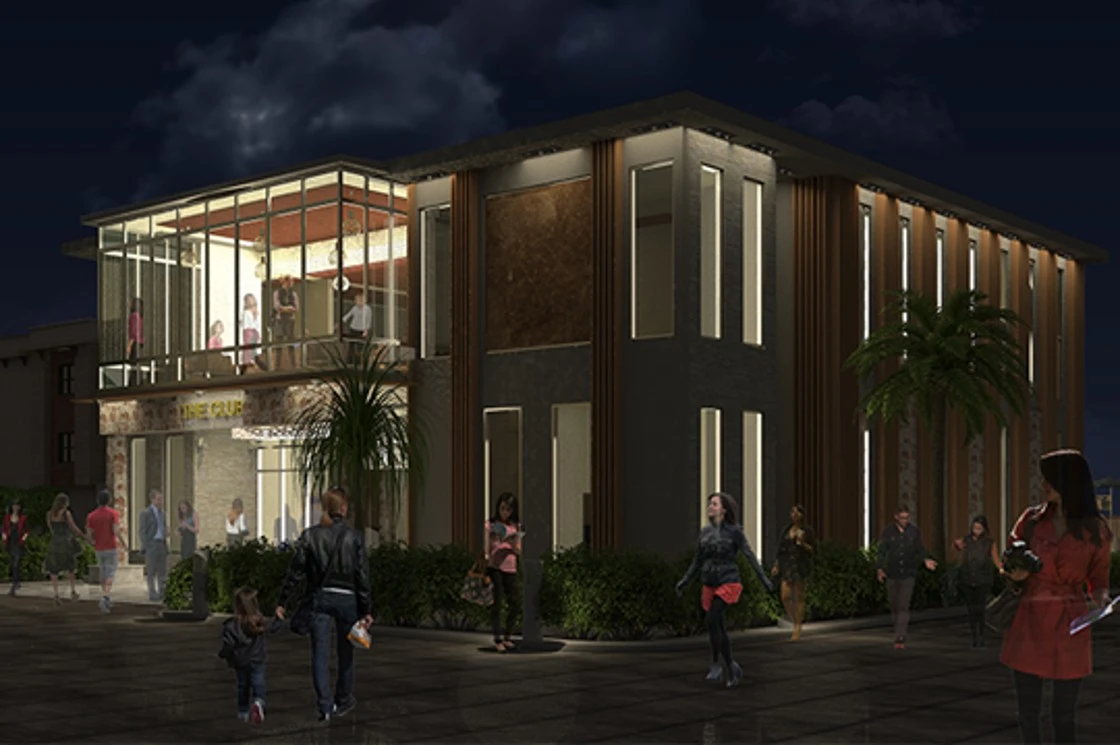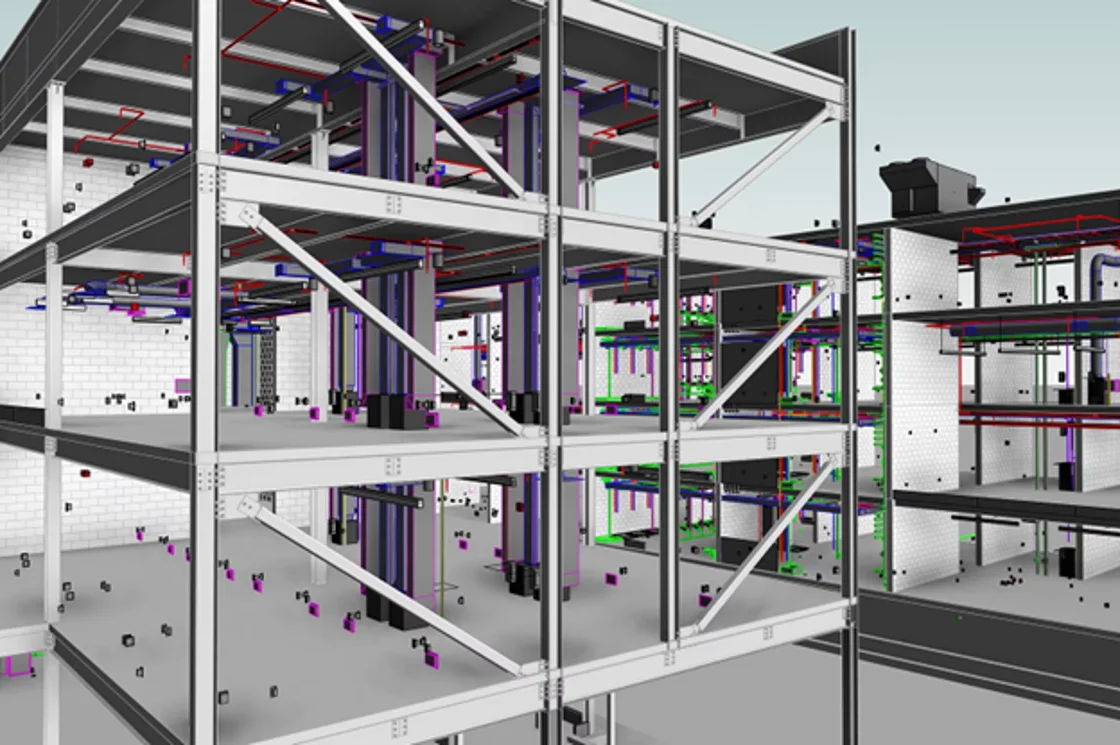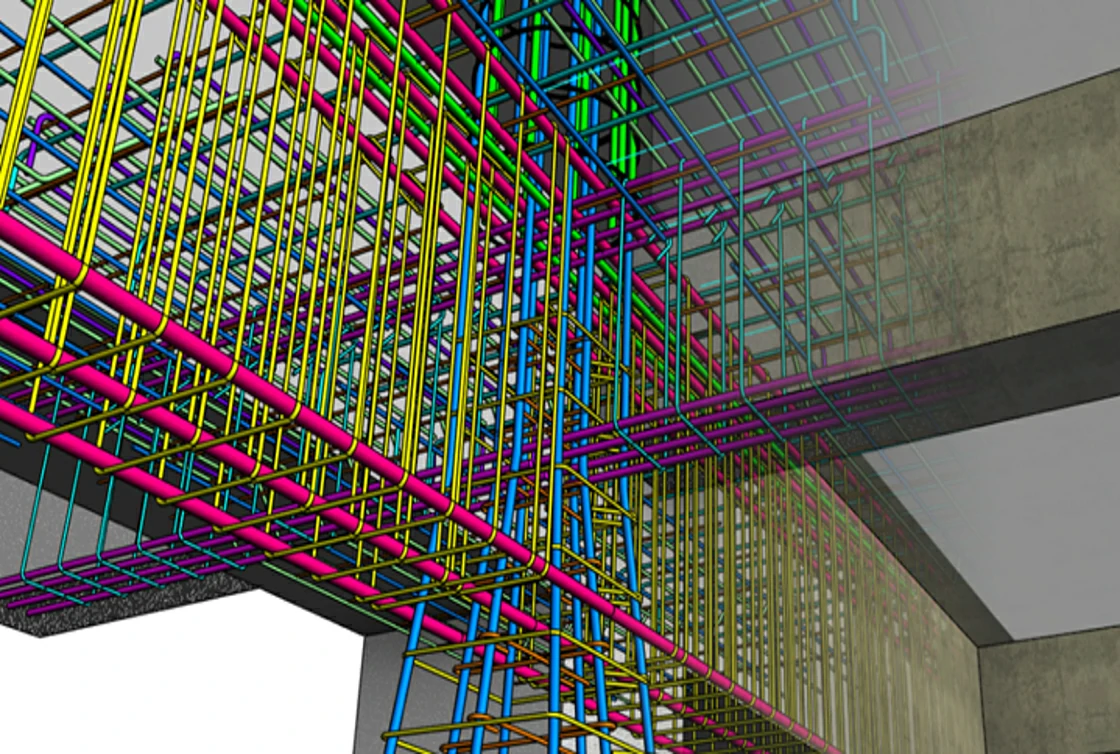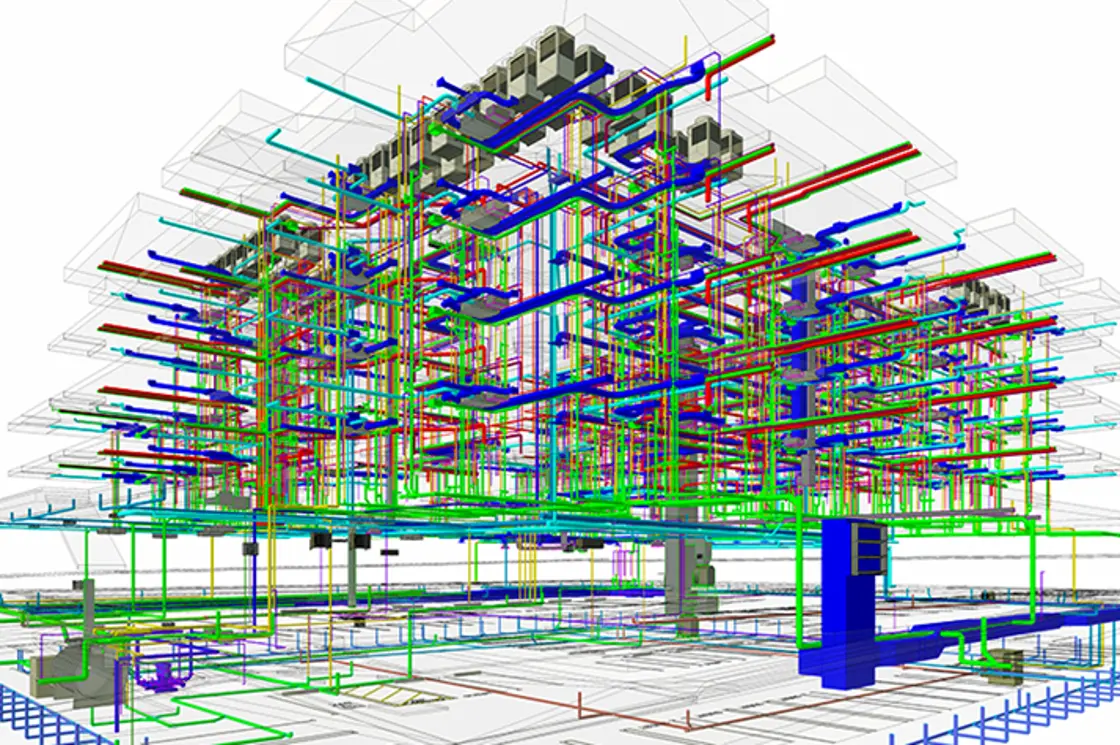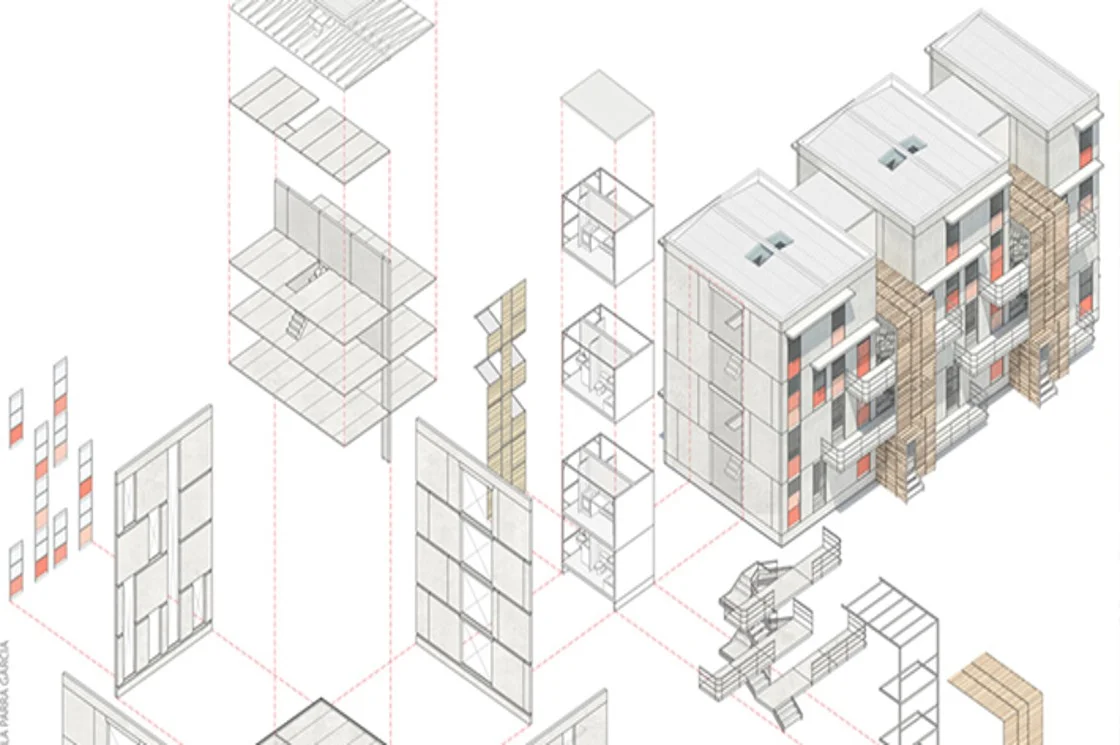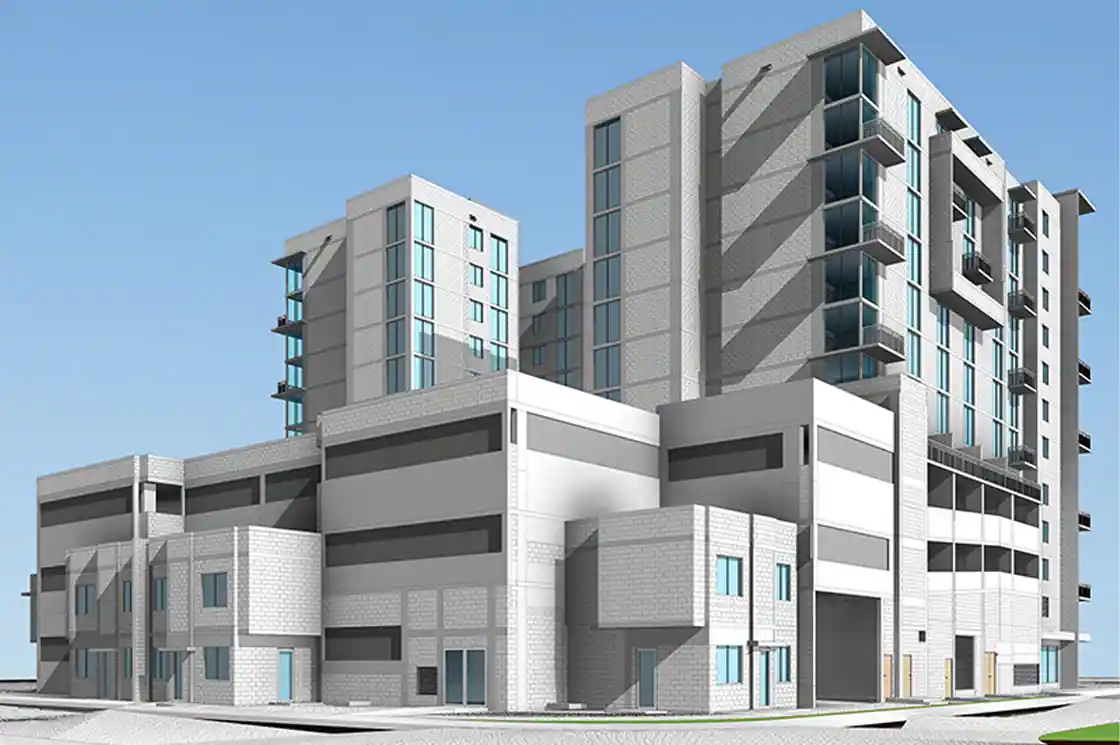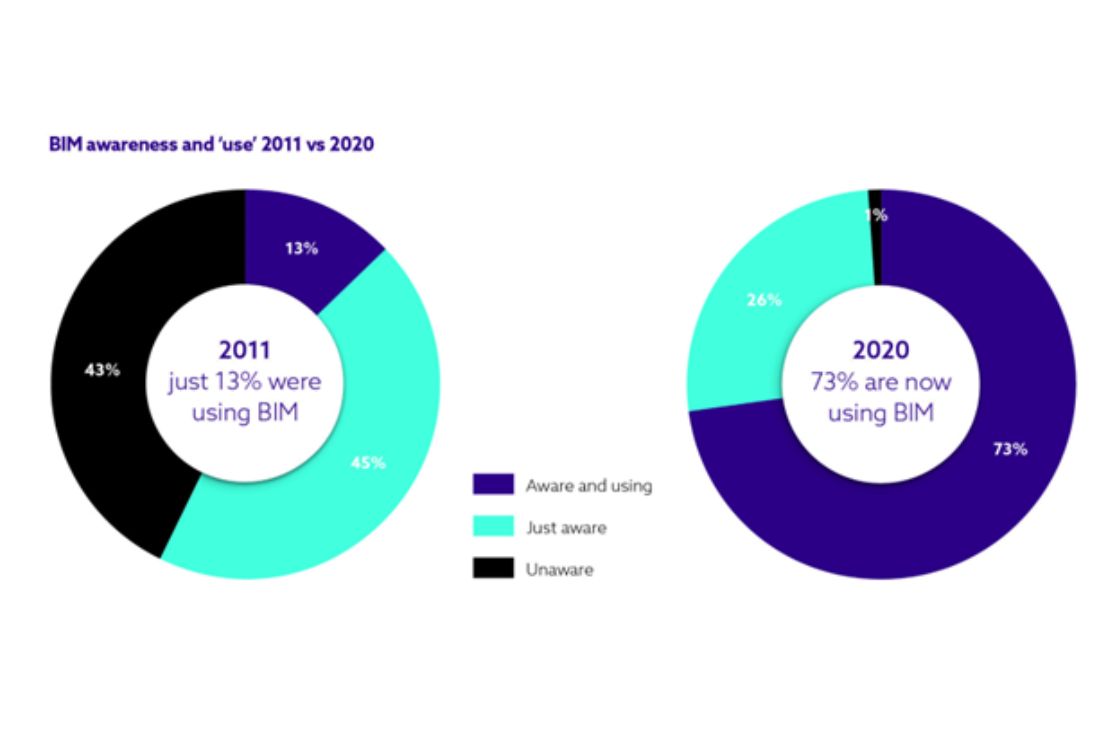BIM vs Architecture as a Profession: Why Architects Worldwide Are Heading to BIM for Better Careers
As digitization approaches the peak in the AEC industry, BIM paces up with the transformation. The value of the BIM market is predicted to reach 10.7 billion USD by the year 2026. Advanced services like point cloud to BIM, clash detection, MEP coordination, and much more bring together the required information to work in a digital space.
It doesn’t come as a surprise that youngsters are drifting towards BIM as a profession. How does it differ from conventional architecture practice? Let’s analyze
The Digital Shift in Architecture

While most industries have experienced a digital shift in recent years, so has the AEC world. Platforms like Navisworks, Revit, and others are a definitive move to enter the digital world through their BIM methodologies.
Going digital helps maintain a centralized hub of data needed for the conceptualization, creation, execution, operation, and maintenance of a project. As the need for online collaboration has rapidly increased in recent years, with the help of BIM, it has emerged more influential than ever for the AEC industry.
Technology paces up with time and its advancements aid in construction projects by cutting down costs, the need for rework, and guaranteeing on-time and efficient delivery.
Career Opportunities as Architects

● Junior Architect
Experience Required: 0-3 years
A junior architect is a fresher or an architectural assistant helping in design development. The primary role of a junior architect in a project includes research, drafting, and presentation works.
● Architect
Experience Required: 2-5 years
The role of an architect is to work on projects assigned developing detailed design drawings for review and approval. Should be aware of existing buildings by laws and staying in sync with industry trends.
● Project Architect
Experience Required: 5-7 years
A project architect is mid-senior personnel whose primary role is to head the assigned project from the design to the construction stage.
● Associate
Experience Required: 7-9 years
An associate is an expert in design and execution examining detailed drawings, planning, development, and quality standards in a project.
● Principal Architect
Experience Required: 10+ years or self-employed
The principal architect is the owner of the firm or holding the top most position managing and coordinating all the nitty gritty for every project while also guiding the design.
Career Opportunities as BIM Professional
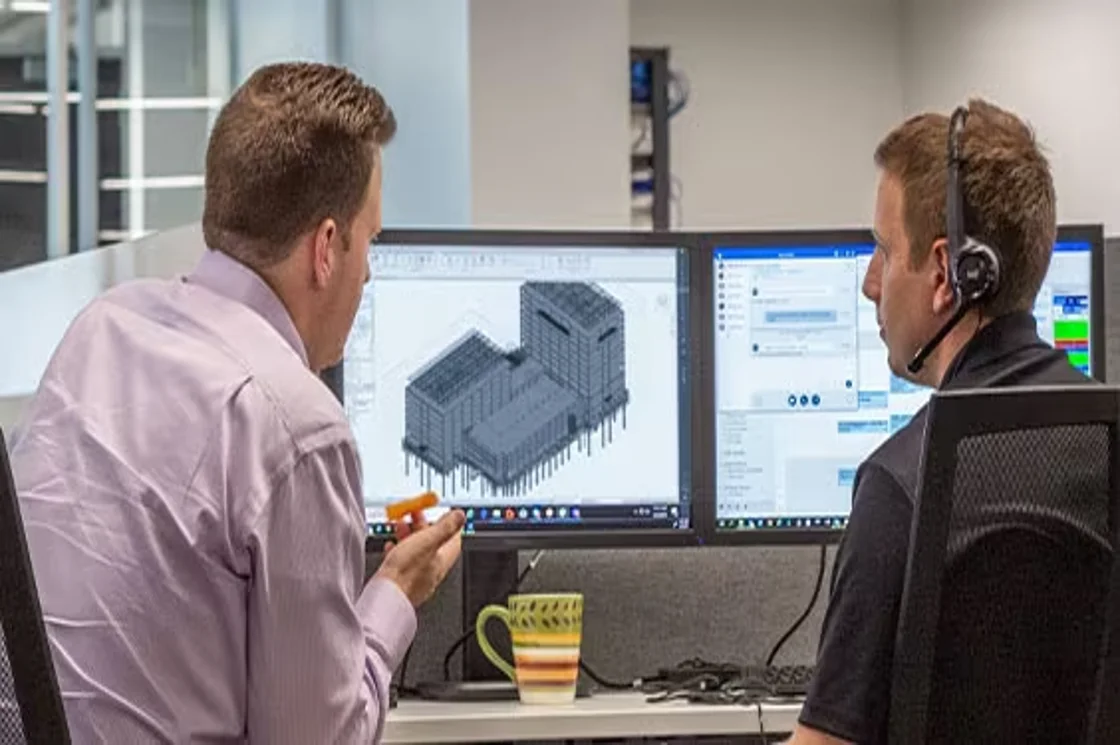
● BIM Architect/ Designer
Experience Required: 2 – 6 years
A BIM architect or designer is an expert using BIM enabled softwares and possesses design knowledge as well. They are responsible for creating design models and training the juniors.
● BIM Project Lead
Experience Required: 3 – 4 years
The BIM project lead takes charge of supervising and management of BIM implementation with the right approach. Along with team management, they’re also responsible for quality checks of the deliverables and clarifying queries of BIM Architects, BIM Engineer and Technicians.
● BIM Coordinator/Specialist
Experience Required: 5 – 8 years
The role of a BIM coordinator or specialist is to ensure seamless coordination among different building services, making sure designs are coordinated and teams are well aware of changes happening through the project. Also well versed with BIM enabled software’s and latest developments taking place in BIM Industry.
● BIM Manager
Experience Required: 8 – 10+
A BIM manager supervises the entire team and project. The manager is responsible for estimating projects, assigning teams, managing resources, attending client meetings including other management roles.
● BIM Director or HOD
Experience Required: 20+ years
The BIM director or HOD is the senior-most in the team running the entire BIM department. They are responsible for keeping track of workflow and delivering results on time working in sync with BIM Managers.
2 Prime Reasons for Adoption of BIM

1. Digitization Keeps it Pandemic-proof
With the whole world turning towards digital space, BIM is pandemic-proof. Enabling clear and effective communication through digitization, it’s guaranteed to stay unaffected by any unpredictable situation.
2. BIM Pays the Bills
BIM roles are better paying than conventional architectural jobs. Based on one’s skill set and technical abilities, one can witness exponential growth in their career. A BIM professional earns approx 15 to 20% higher than an architect.
Fusing Craftsmanship with a Digital Edge
The future of the AEC industry lies in digitization. This is where BIM proves to be advantageous by defining better precision to the creative designs. It’s a chance for architects to push the boundaries and explore endless design and technical possibilities.
Our BIM-driven solutions at AEODC fuel your creative side with more intelligent and efficient results. To know more, AEODC
Common Queries
1. How does BIM enhance conventional architecture practice?
Advanced features like spool drawings, clash detection, 3D modelling, etc with BIM offer a centralized platform for all the stakeholders involved in a project providing error-free results.
2. Why are architects opting for BIM practice?
Advanced features like spool drawings, clash detection, 3D modelling, etc with BIM offer a centralized platform for all the stakeholders involved in a project providing error-free results.
3. Is BIM defining the future of architecture?
Owing to the plethora of advantages BIM offers, it is ushering in a shift in the conventional architecture practice.
4. Why is BIM more beneficial than architectural practice?
BIM is pandemic-proof, financially rewarding, and offers extraordinary growth in career owing to its end-to-end digitization.



